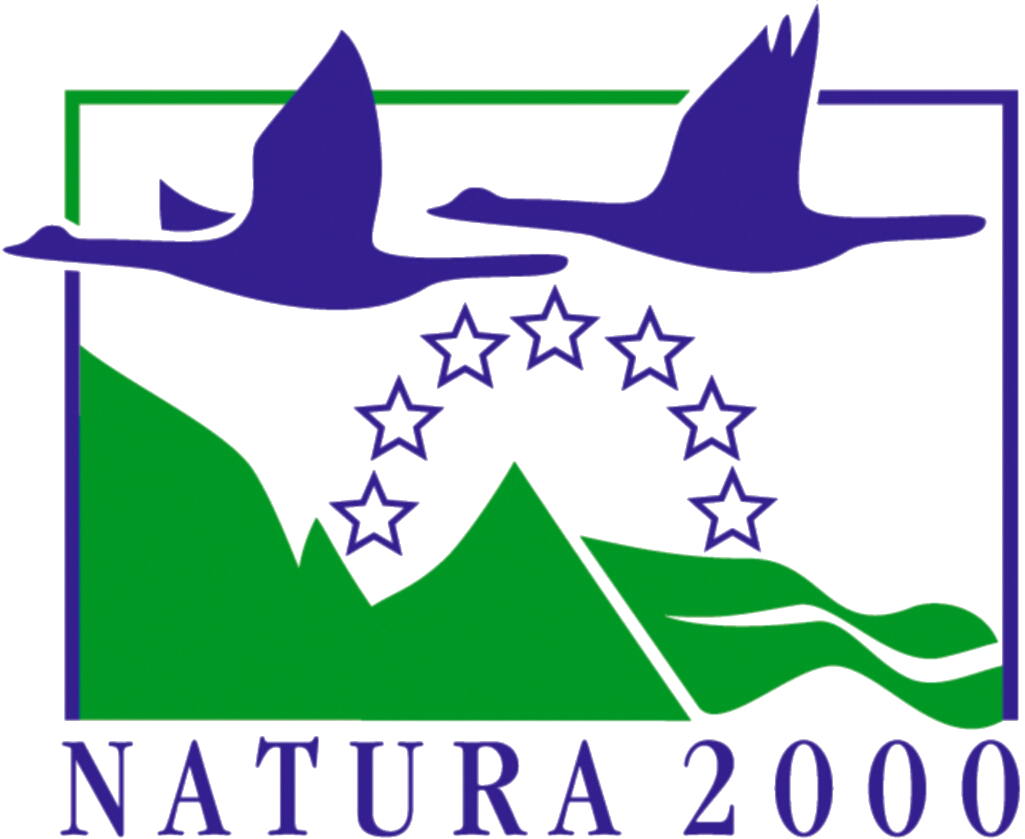About Project | Cooperation | Mountain Projects | Contact | Menu |
- Natura 2000 in the Alpine region
- - Natura 2000: Habitats Directive Sites
- - Brochure Natura 2000 in the Alpine region
Europe has several important mountain chains which stretch across the majority of the countries. Within the EU, five of the longest and highest ranges have been included in the Alpine biogeographic region. They comprise the Alps which stretch over France, Italy, Germany, Austria, Slovenia and the non EU countries of Switzerland and Monaco, the Apennines that run down the spine of Italy, the Pyrenees on the border between Spain and France, the Scandes which straddle Sweden, Finland and Norway and the Carpathians that extend well beyond the EU frontiers of Slovakia and Poland into Romania and the Ukraine. Irrespective of their geographical location, all are characterised by a relatively cold and harsh climate, high altitudes and an often complex, varied topography. Forests and semi-natural grasslands envelop the lower slopes but, as the altitude increases and the temperature drops, trees become scarcer and eventually give way to alpine grasslands, fells and scrub heath communities. At the very top, amongst the rocks and snow, the vegetation is reduced to only a handful of highly adapted plants able to tolerate such extreme conditions.



